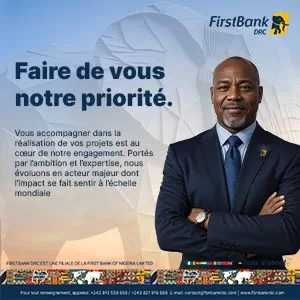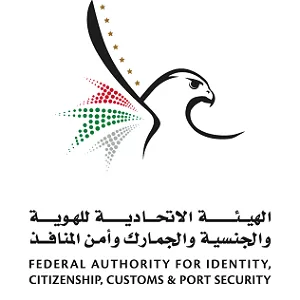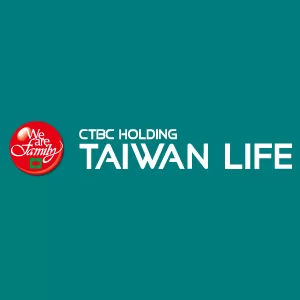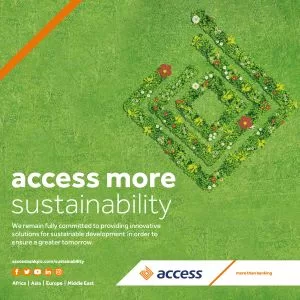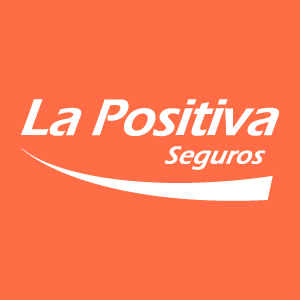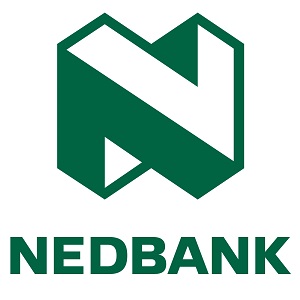Brands Social
TikTok’s ‘SkinnyTok’ Trend Faces EU Scrutiny — and Why You Should Care
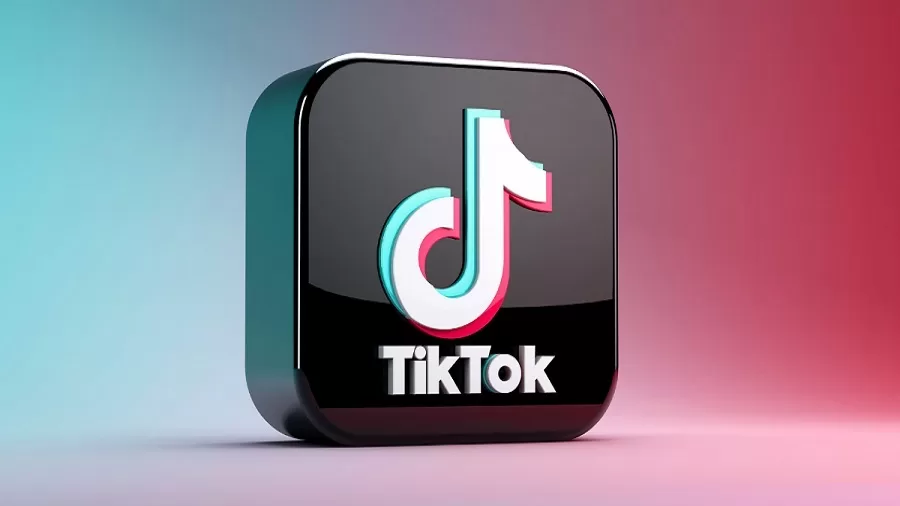
- EU regulators open a formal investigation into TikTok’s ‘SkinnyTok’ trend, citing risks to young users’ mental health.
- One in every five teenagers in Europe says they feel pressured by body ideals propagated on social media.
The Rise of SkinnyTok — And the Trouble It Brings
Scrolling through TikTok today, you might stumble upon videos showing minimalist meals, dramatic before-and-after body shots, or “body check” routines disguised as health inspiration.
It seems innocent at first glance, but a closer look reveals a worrying trend known as ‘SkinnyTok’ — content that glorifies extreme thinness and promotes restrictive eating habits.
As a British nutritionist working with teenagers and young adults, I see daily how these messages can quietly erode healthy habits. Clients arrive convinced that skipping meals or surviving on little more than coffee and a handful of berries is the way to “glow up”. The influence is real and growing.
It is not just health professionals who are worried. The European Commission has now opened a formal investigation into TikTok’s handling of SkinnyTok, raising questions about algorithm responsibility and platform accountability under the new Digital Services Act.
What Exactly Is ‘SkinnyTok’?
SkinnyTok refers to a collection of videos that romanticise extremely low-calorie diets, visible ribcages, thigh gaps, and ultra-flat stomachs.
The content often appears under everyday hashtags like “fitness journey” or “healthy eating”, making it hard for casual viewers, especially teenagers, to distinguish between helpful advice and harmful messaging.
The structure of TikTok’s algorithm only amplifies the risk. Once a user interacts with one SkinnyTok video, their feed quickly fills with more of the same, creating a feedback loop that normalises unhealthy behaviours.
It is not rare for someone searching for “healthy recipes” to be led, within minutes, to glorified starvation regimens disguised as wellness routines.
Why the EU Is Stepping In
The European Commission’s probe is based on the Digital Services Act, which requires platforms to protect users, particularly minors, from systemic dangers such as dangerous content.
France’s Digital Minister, Clara Chappaz, raised the alarm earlier this year, warning that TikTok’s measures might not be sufficient to shield vulnerable users.
At stake is not just TikTok’s reputation but its ability to operate under favourable conditions across Europe. Regulators will be examining whether TikTok’s moderation systems are truly effective or whether the platform’s recommendation engine continues to funnel young people toward dangerous content.
For brands associated with TikTok through advertising or partnerships, the fallout could be significant too, tying them to issues around youth mental health and digital safety.
Why SkinnyTok Is Harmful — From a Nutritionist’s Lens
The biggest danger with SkinnyTok is that it packages dangerous behaviours as normal, aspirational lifestyles.
Portions showcased often clock in at under 1,000 calories a day — far below NHS guidelines recommending about 2,000 calories for women and 2,500 for men.
“Full day of eating” videos frequently involve skipping breakfast, tiny lunches, and low-calorie “dinners” barely fit for sustaining energy levels.
Beyond the numbers, SkinnyTok drives an emotional wedge between users and normal eating.
Carbohydrates are demonised. Full meals are seen as indulgences rather than necessities. Exercise becomes framed not as a way to build strength but simply to earn permission to eat.
For adolescents whose bodies are still growing, this combination of undernourishment and guilt is a dangerous cocktail.
It does not take long for these messages to translate into real-world behaviours — restrictive eating, obsessive calorie counting, social withdrawal, and rising rates of anxiety and depression.
The Numbers Behind the Concern
Recent data backs up these clinical observations.
One in five teenagers in Europe now report feeling anxious about their bodies after spending time on social media, according to the EU Youth Report 2024.
Hospital admissions for eating disorders among UK teenagers rose by 38% between 2020 and 2024, based on NHS England figures.
TikTok ranks as the most-used social media platform among 12–18-year-olds in Britain, with an average daily use of approximately 95 minutes, according to Ofcom’s latest Youth Media Survey.
The scale of influence cannot be overstated.
When TikTok trends normalise restrictive eating or unhealthy body comparisons, millions of young people are affected.
TikTok’s Response — and Its Shortcomings
TikTok has implemented measures such as redirecting sensitive searches to resources like Beat, the UK’s eating disorder charity, and flagging potentially harmful videos.
Yet the system still struggles.
Because TikTok’s algorithm is engagement-driven, it often unintentionally promotes extreme content simply because users pause longer on shocking images or dramatic transformations.
Unless fundamental changes are made to how content is prioritised and surfaced, these patchwork solutions will remain insufficient.
The platform needs more aggressive intervention strategies — faster content removal, stricter algorithmic tuning, and partnerships with qualified mental health and nutrition experts to guide safety policies.
Why Brands Must Pay Attention
Brands that advertise on TikTok must understand the context in which they operate.
Marketing initiatives with influencers who promote unrealistic body ideals can backfire dramatically, particularly among audiences who are becoming more aware of mental health issues.
Several big businesses have already faced criticism for sponsorship partnerships that unwittingly promoted bad sentiments.
As public scrutiny grows, brand safety will no longer just be about steering clear of offensive language — it will include ensuring that campaigns do not indirectly promote disordered eating culture.
Brands aligned with health, wellness, and lifestyle will particularly need to show leadership by promoting balanced, diverse body images in their digital campaigns.
What Can You Do?
As users, educators, or parents, you are not powerless.
Actively shaping your TikTok feed matters.
Likes, shares, and comments on balanced, evidence-based health material train the algorithm to promote healthier trends.
Reporting problematic videos is another straightforward option to enhance the platform’s environment. TikTok allows users to flag content promoting eating disorders, which can help curb its spread.
Perhaps most importantly, opening honest conversations with young people about social media, body image, and food relationships creates resilience.
Awareness is the first step toward meaningful change.
Looking Ahead — A Chance to Set New Standards
TikTok’s SkinnyTok crisis is a clear signal that tech innovation cannot move faster than public health protections.
The Digital Services Act provides a legal foundation for boosting accountability, but genuine progress will necessitate cultural transformations among internet companies that prioritise user well-being as much as engagement metrics.
As a nutritionist, I remain hopeful.
Awareness is growing. Regulators are acting.
Users are speaking up.
Platforms like TikTok now have a choice: to lead the next phase of digital responsibility or risk becoming cautionary tales of what happens when short-term growth is prioritised over community care.
In the meantime, the responsibility falls on all of us — creators, brands, users — to shape online spaces where wellness does not come at the cost of health.





